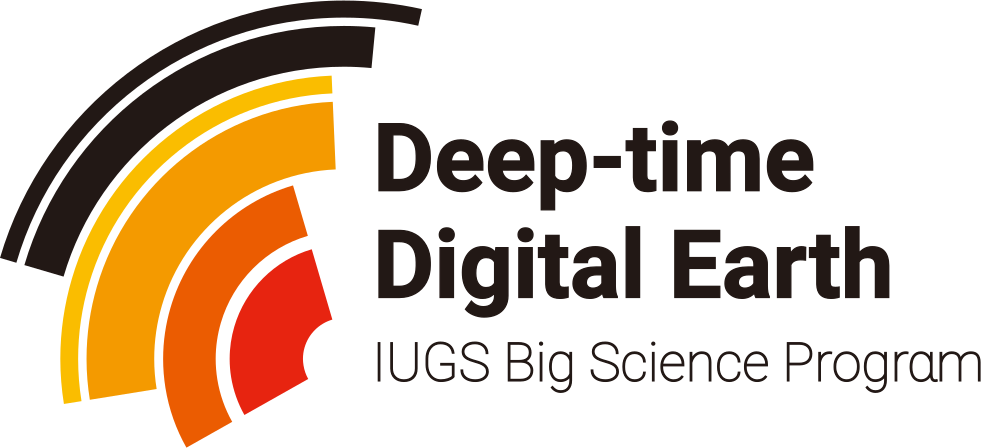
Phono-semantic matching

Phono-semantic matching (PSM) is the incorporation of a word into one language from another, often creating a neologism, where the word's non-native quality is hidden by replacing it with phonetically and semantically similar words or roots from the adopting language. Thus, the approximate sound and meaning of the original expression in the source language are preserved, though the new expression (the PSM) in the target language may sound native. Phono-semantic matching (PSM) is the incorporation of a word into one language from another, often creating a neologism, where the word's non-native quality is hidden by replacing it with phonetically and semantically similar words or roots from the adopting language. Thus, the approximate sound and meaning of the original expression in the source language are preserved, though the new expression (the PSM) in the target language may sound native. Phono-semantic matching is distinct from calquing, which includes (semantic) translation but does not include phonetic matching (i.e. retaining the approximate sound of the borrowed word through matching it with a similar-sounding pre-existent word or morpheme in the target language). At the same time, phono-semantic matching is also distinct from homophonic translation, which retains the sound of a word but not the meaning. The term 'phono-semantic matching' was introduced by linguist and revivalist Ghil'ad Zuckermann. It challenged Einar Haugen's classic typology of lexical borrowing (loanwords). While Haugen categorized borrowing into either substitution or importation, camouflaged borrowing in the form of PSM is a case of 'simultaneous substitution and importation.' Zuckermann proposed a new classification of multisourced neologisms, words deriving from two or more sources at the same time. Examples of such mechanisms are phonetic matching, semanticized phonetic matching and phono-semantic matching. Zuckermann concludes that language planners, for example members of the Academy of the Hebrew Language, employ the very same techniques used in folk etymology by laymen, as well as by religious leaders. He urges lexicographers and etymologists to recognize the widespread phenomena of camouflaged borrowing and multisourced neologization and not to force one source on multi-parental lexical items. The Hebrew name יְרוּשָׁלַיִם (Yərūšālayim) for Jerusalem is rendered as Ἱεροσόλυμα (Hierosóluma) in, e.g., Matthew 2:1. The first part corresponds to the Ancient Greek prefix ἱερo- (hiero-), meaning 'sacred, holy'. Often in phono-semantic matching, the source-language determines both the root word and the noun-pattern. This makes it difficult to determine the source language's influence on the target-language morphology. For example, 'the phono-semantic matcher of English dock with Israeli Hebrew מבדוק mivdók could have used – after deliberately choosing the phonetically and semantically suitable root b-d-q בדק meaning 'check' (Rabbinic) or 'repair' (Biblical) – the noun-patterns mi⌂⌂a⌂á, ma⌂⌂e⌂á, mi⌂⌂é⌂et, mi⌂⌂a⌂áim etc. (each ⌂ represents a slot where a radical is inserted). Instead, mi⌂⌂ó⌂, which was not highly productive, was chosen because its makes the final syllable of מבדוק mivdók sound like English dock.' PSM is frequently used in Mandarin borrowings. An example is the Taiwanese Mandarin word 威而剛 wēi'érgāng (wei'ergang), which literally means 'powerful and hard' and refers to Viagra, the drug for treating impotence in men, manufactured by Pfizer. Another example is the Mandarin form of World Wide Web, which is wàn wéi wǎng (万维网), which satisfies 'www' and literally means “myriad dimensional net”. The English word hacker has been borrowed into Mandarin as 黑客 (hēikè, 'wicked visitor').


